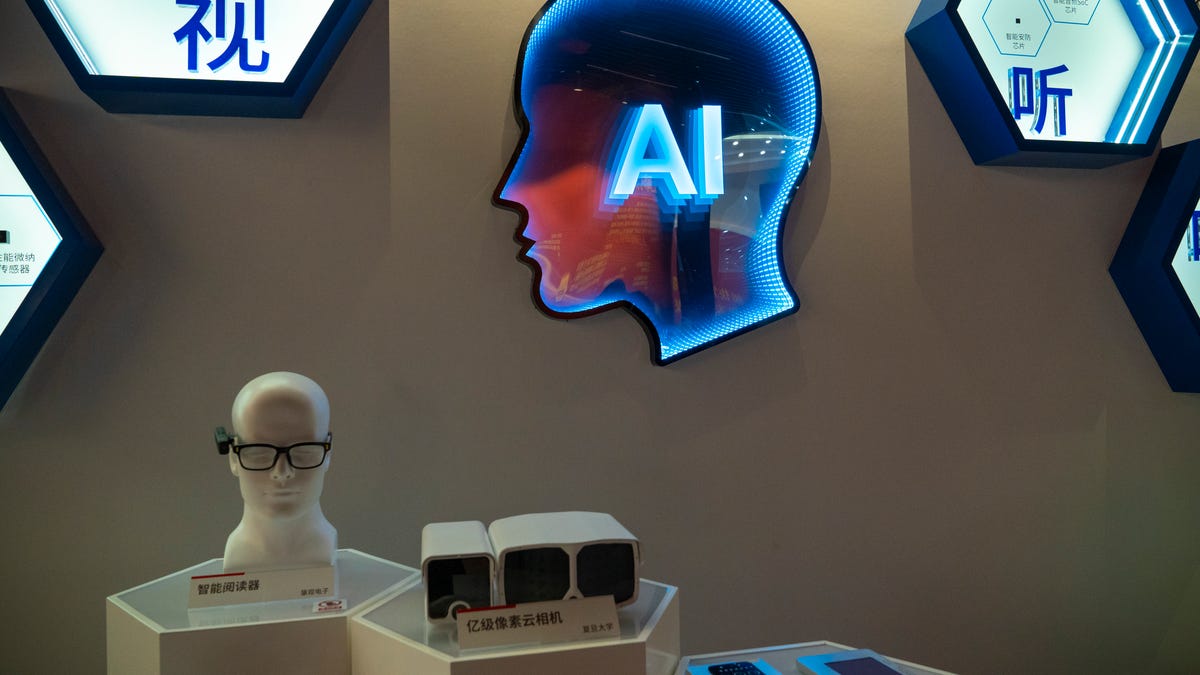Over Half of Companies Have Implemented Autonomous AI Agents

The Rise of AI Agents in Business
Overview of AI Agents
AI agents have emerged as a significant trend in artificial intelligence, promising to enhance productivity in various business contexts. A recent report from PagerDuty, a cloud computing company, indicates that over half of organizations are already incorporating AI agents into their operations. Additionally, around 35% of businesses plan to adopt these advanced tools by 2027.
Regional Adoption of AI Agents
The use of AI agents varies across regions. The United Kingdom leads in adoption, with 66% of companies already utilizing these technologies, while the United States sees a lower figure of 48%. The increasing interest indicates a widespread belief in the potential of AI agents to streamline operations and improve efficiency.
What are AI Agents?
AI agents are sophisticated, autonomous systems designed to accelerate specific workflows within a business. These agents can perform a range of functions, such as:
- Scheduling Shifts: Automating staff schedules to optimize labor management.
- Strategic Assessments: Analyzing data to recommend informed actions.
- Task Automation: Handling repetitive tasks, allowing human employees to focus on more strategic activities.
Recent Developments in AI Agent Technology
Several tech giants are racing to develop and launch their versions of AI agents. Here are some notable examples:
- Amazon recently introduced the Nova Act, an early-stage AI agent capable of performing tasks on websites.
- OpenAI launched a research preview of its AI agent named Operator earlier this year.
- Meta, formerly Facebook, is also heavily invested in AI agents, with their Business AI head predicting widespread adoption across businesses of all sizes.
Eric Johnson, PagerDuty’s CIO, underscored the optimistic outlook of organizations, noting that 62% of survey participants foresee significant returns from AI investments, with U.S. companies projecting returns nearly double their initial investments.
Comparing AI Agents to Generative AI
AI agents and generative AI are both pivotal in the AI landscape but serve different purposes. Here’s how they compare:
- Generative AI: Focuses on creating content like text, images, or videos in response to user prompts. It is largely reactive.
- Agentic AI: Operates autonomously, proactively performing tasks and making decisions without direct human input.
In a survey, business leaders were divided on which technology would be more disruptive in the workplace. About 44% believed that agentic AI would be more impactful, while 40% thought generative AI would hold greater significance.
Concerns About AI Agent Integration
While the potential of agentic AI is vast, there are genuine concerns associated with its adoption:
- Security Risks: As companies increase their reliance on AI systems that handle sensitive data, they open themselves to potential security breaches.
- Regulatory Challenges: The evolving landscape of AI regulations and privacy laws threatens to impact business operations.
- Data Quality: Poor input data can lead to inaccurate outputs, undermining the effectiveness of AI agents.
- AI Hallucinations: These refer to situations where AI systems produce incorrect or nonsensical outputs, which can pose serious challenges as the technology matures.
Experiences with Generative AI
Interestingly, the number of companies using generative AI is currently higher than those employing agentic AI. According to the survey, 63% of respondents reported full integration of generative AI into their operations, with an additional 24% in the process of full integration. Business leaders indicated a desire to avoid the pitfalls experienced in generative AI adoption, primarily rushing into deployment without adequate planning and incurring excessive costs.
In summary, the advent of AI agents marks a significant shift in how businesses approach operational efficiency and automation, with various industry leaders pushing the technology forward amidst opportunities and challenges.





